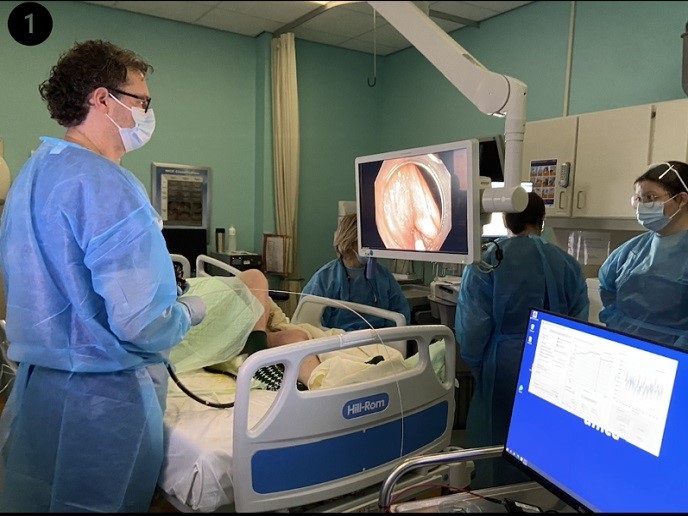Using zebrafish to visualise cancer progression
Zebrafish have emerged as a new model for studying oncogenesis, mainly because its genome contains all orthologues of human oncogenes and forms tumours with similar histopathological and gene profiling features to human tumours. Additionally, the availability of many transgenic zebrafish combined with their optical transparency make it a powerful model for imaging cancer progression. The scientific objective of the EU-funded 'Developing high-thoughput bioassays for human cancers in zebrafish.' (ZF-Cancer) project was to develop clinically relevant high-throughput bioassays for cancer progression. These were envisioned to be exploited in the pre-clinical validation of novel chemical and genetic cancer targets. This system had the major advantage of direct visualisation of tumour growth and metastasis in an optically transparent vertebrate model organism. The transparent zebrafish embryos coupled with ribonucleic acid (RNA) interference technology enabled the identification of novel gene targets that drove tumour progression in a range of cancers. The inoculation of fluorescently-labelled human cancer cells allowed for delineation of the fundamental hallmarks of cancers. Automation of these fluorescent readouts would accelerate the process of screening of chemical libraries for the discovery of new compounds involved in different aspects of cancer progression and inhibition. To this end, these technologies were integrated in a robotic setup, thereby allowing full automation of the process from tumour cell implantation and drug treatment, to bio-imaging and data analysis. Special emphasis was given to kinase inhibitors that sensitised p53 mutant embryos against irradiation-induced apoptosis and angiogenesis development. Potent anti-cancer kinase drug targets were discovered with this approach and pilot compounds were screened. The ZF-Cancer zebrafish embryo model has the potential to accelerate the lead time of anti-tumour drugs considerably, rendering the entire process more cost effective and efficient. Apart from obvious benefits for research, the zebrafish model could extend to pharmaceutical-oriented applications.







